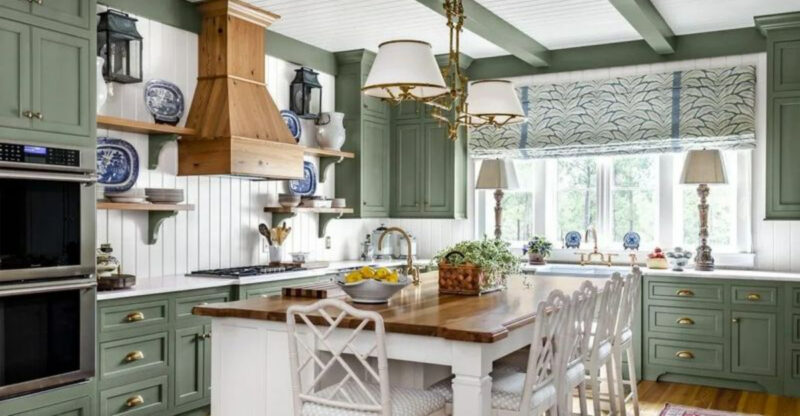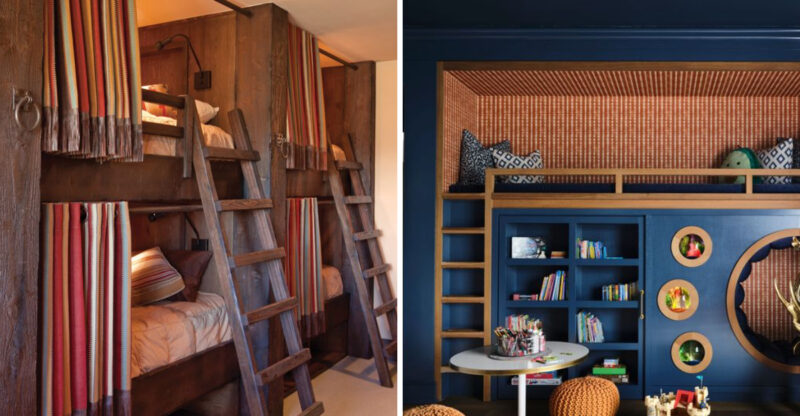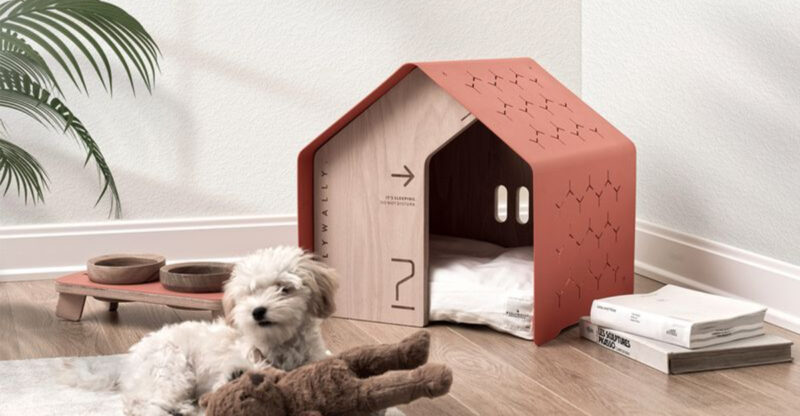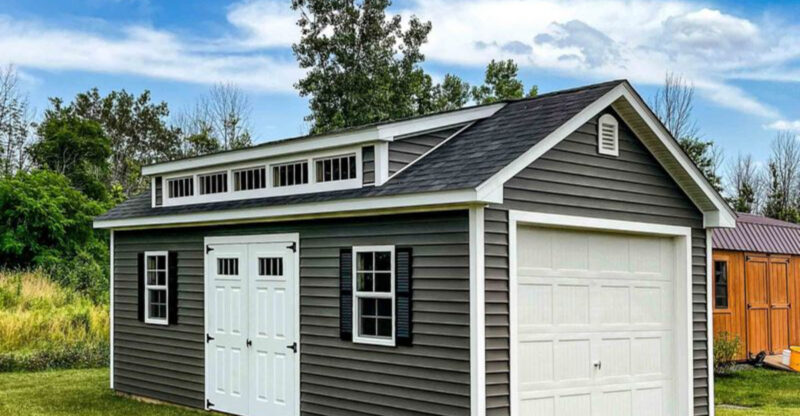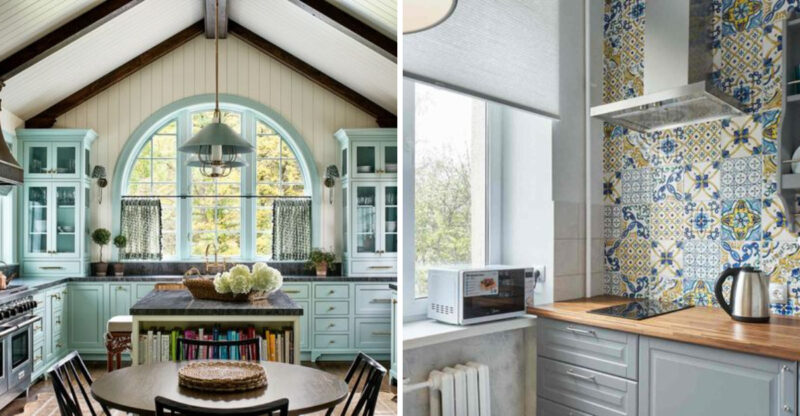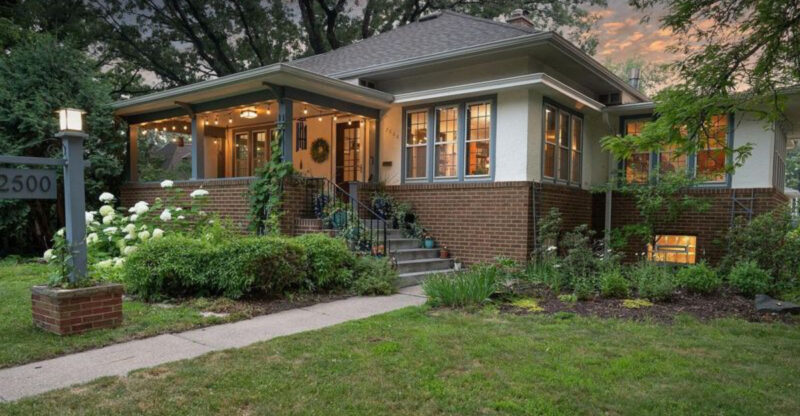The Window To Get These High-Value Vintage Pieces Is Closing Here’s Where To Find Them In Time
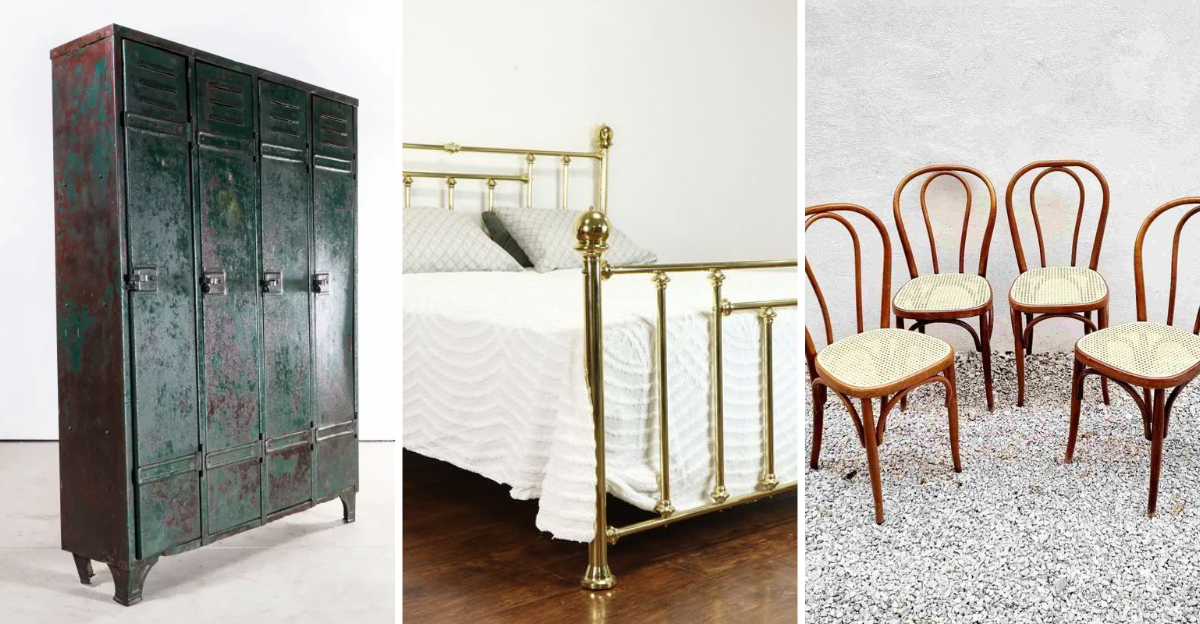
Vintage collectors and design lovers, take note time is running out to snag some of the most coveted pieces on the market.
As demand rises and supply dwindles, these timeless treasures are quickly vanishing into private collections. More than just charming décor, these items are smart investments with rising value.
If you’ve ever dreamed of owning a truly iconic vintage piece, now’s your chance before they disappear for good.
1. Antique Persian rugs
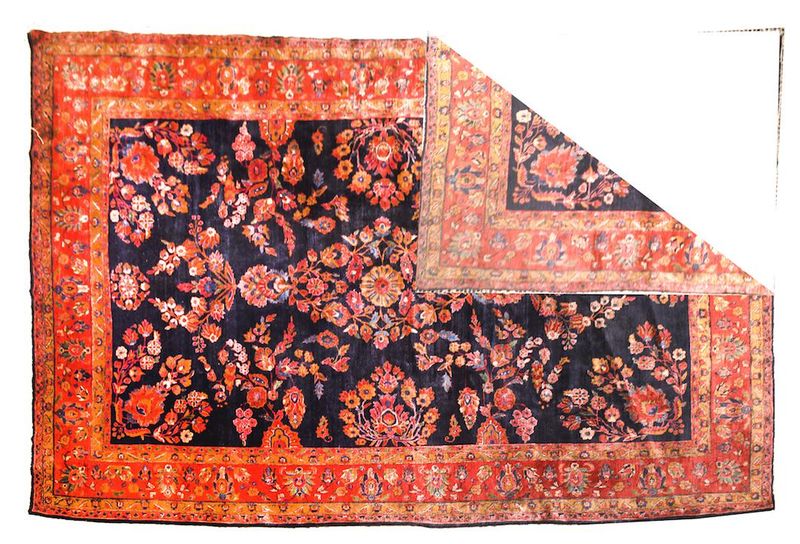
Hand-knotted Persian rugs from the pre-1920s era represent the gold standard of floor coverings, with prices climbing steadily each year. The combination of natural dyes, hand-spun wool, and intricate patterns makes these textiles impossible to replicate with modern methods.
I’ve noticed authentic pieces appearing less frequently at estate sales as collectors snap them up. The most valuable examples come from Tabriz, Isfahan, and Heriz regions, featuring vegetable dyes that mellow beautifully with age.
When shopping, flip the rug over—hand-knotted backs reveal the pattern clearly, unlike machine-made imitations. Expect to invest between $3,000-$25,000 for quality specimens, depending on size, age, and condition.
2. Mid‑century Danish teak furniture
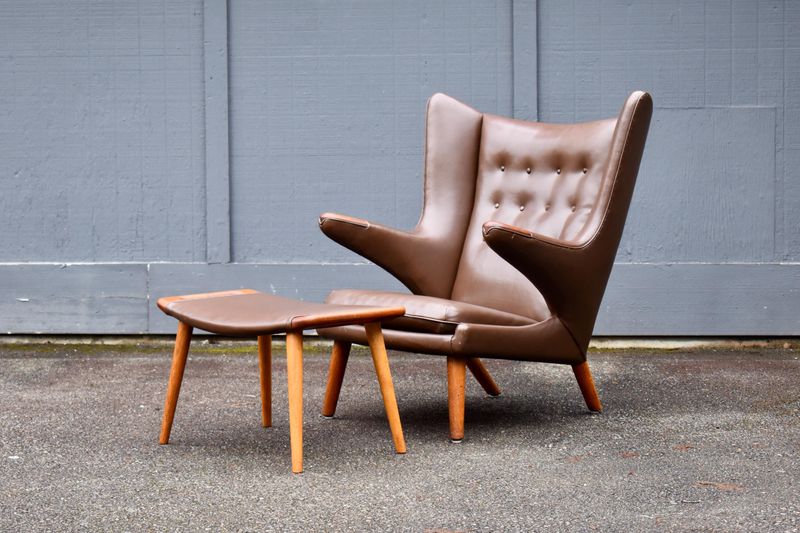
Original Danish teak pieces from the 1950s-60s have skyrocketed in value, particularly those designed by Hans Wegner, Finn Juhl, and Arne Jacobsen. The clean lines, organic forms, and warm wood tones make these pieces timeless additions to contemporary homes.
Genuine mid-century items typically feature dovetail joints, maker’s marks, and a patina that only develops through decades of proper care. Many factories that produced these iconic designs have closed, making original pieces increasingly difficult to source.
Look for authentic stamps or labels underneath drawers or on the underside of tables. Avoid refinished pieces if possible—original patina significantly increases value. Prices for authentic dining sets have doubled in just the last five years.
3. Original Louis XVI style mirrors

Authentic Louis XVI mirrors from the late 18th century feature exquisite gilded frames with neoclassical motifs like ribbons, laurel wreaths, and fluted columns. Finding original examples with minimal restoration becomes harder each year as museums and serious collectors secure the best specimens.
What makes these mirrors special is the handcrafted gesso work and water gilding techniques that create a luminosity impossible to achieve with modern manufacturing. The original mercury glass also has a distinctive patina that adds depth and character.
If you’re hunting for one, examine the back carefully—original mirrors will show hand-cut wood with old nails or joinery. Prices start around $5,000 for smaller pieces but can exceed $50,000 for important examples with documented provenance.
4. Vintage Murano glass lighting
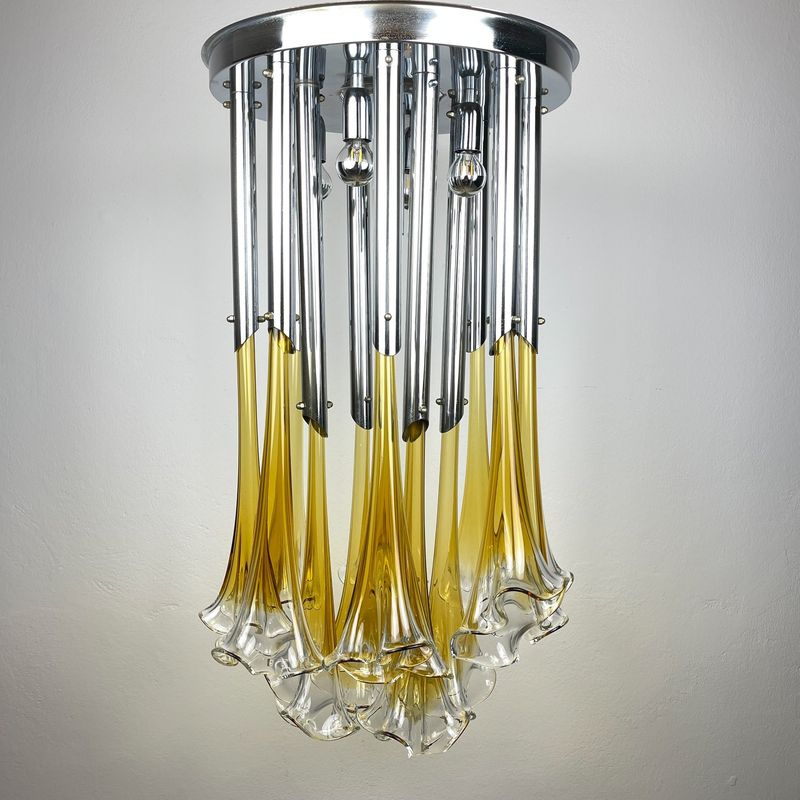
Murano glass chandeliers and lamps from the 1950s-70s represent Italian craftsmanship at its finest, with techniques passed down through generations of Venetian artisans. The vibrant colors and sculptural forms make these lighting fixtures dramatic focal points in any space.
Traditional Murano workshops have been closing as younger generations pursue other careers, making authentic vintage pieces increasingly scarce. Serious collectors focus on works by renowned glass houses like Venini, Barovier & Toso, and Seguso.
When evaluating pieces, look for acid-etched signatures on the base or metal fittings. True Murano glass has an unmistakable clarity and color saturation that’s difficult to counterfeit. Expect to pay $2,000-$15,000 for authenticated chandeliers, with prices climbing approximately 15% annually.
5. Art Deco bar carts
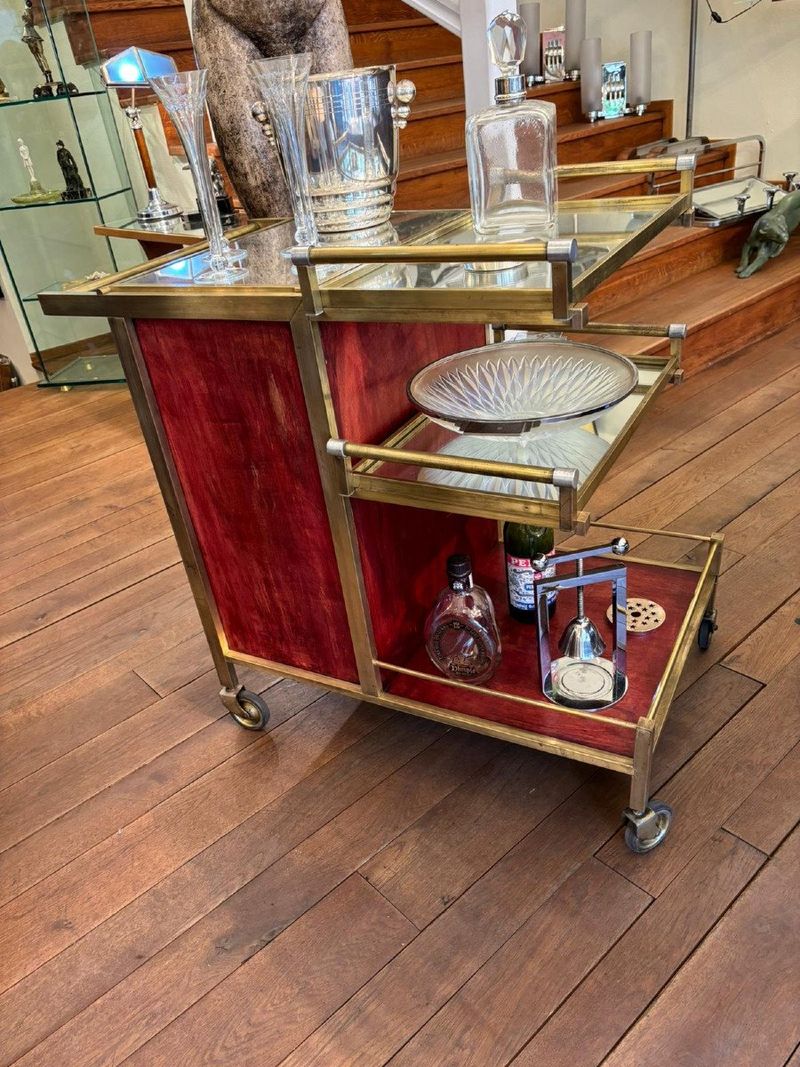
Art Deco bar carts from the 1920s-30s epitomize the glamour of the Jazz Age with their gleaming metal finishes, geometric designs, and luxurious materials like mirrored glass and exotic woods. Original pieces by designers such as Jacques Adnet or companies like Desny are becoming true investment pieces.
The quality of materials and construction sets vintage examples apart solid brass instead of plated metal, hand-cut glass rather than molded, and mechanisms that still roll smoothly after nearly a century. Many original bar carts were lost during metal drives of WWII, making survivors particularly rare.
Check for maker’s marks stamped into the metal frame or on brass plates. Authentic patina on brass or chrome surfaces should show even aging rather than spotty wear. Well-preserved examples now command $3,000-$20,000 at specialized dealers.
6. 19th‑century English bookcases
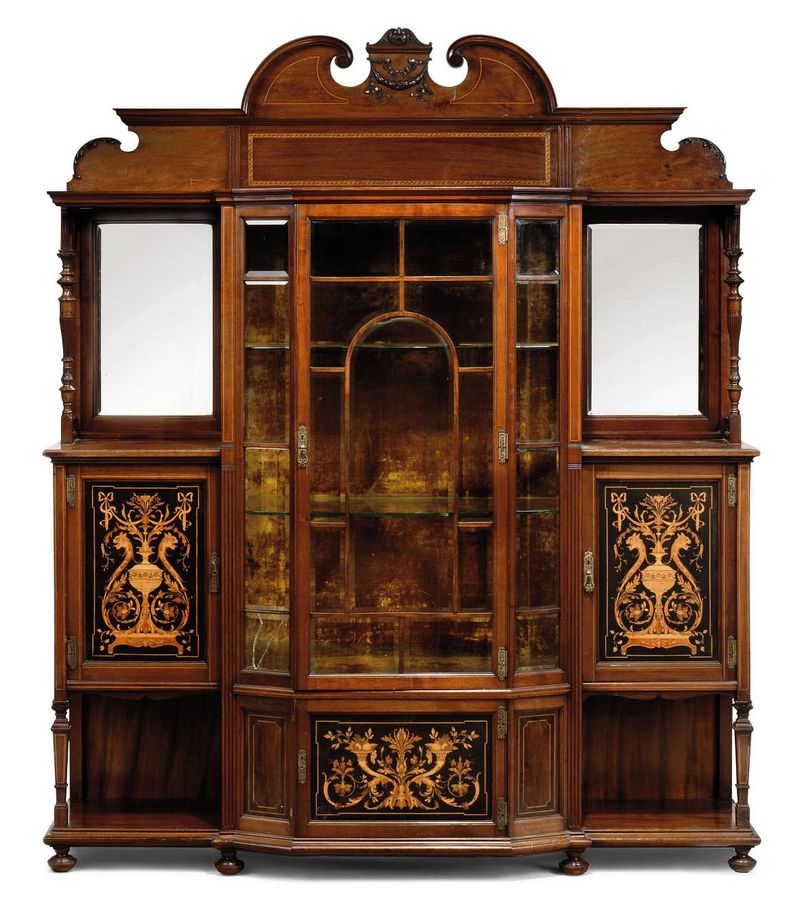
Victorian and Regency-era English bookcases crafted between 1800-1890 showcase the pinnacle of cabinetmaking with their figured mahogany, intricate inlays, and perfectly proportioned designs. These substantial pieces were built to last centuries, using traditional joinery techniques now rarely practiced.
Libraries and serious book collectors are driving up prices as they seek proper storage for valuable volumes. The most desirable examples feature adjustable shelves, original glass, and brass gallery rails that prevent books from touching the glass.
Examine the wood carefully—genuine antiques will have uneven patina and color variations that can’t be faked. The interior should smell pleasantly of old wood and wax, not chemicals. Quality examples from established makers like Gillows of Lancaster now sell for $8,000-$40,000, with prices rising approximately 10% annually.
7. Tiffany-style stained glass lamps
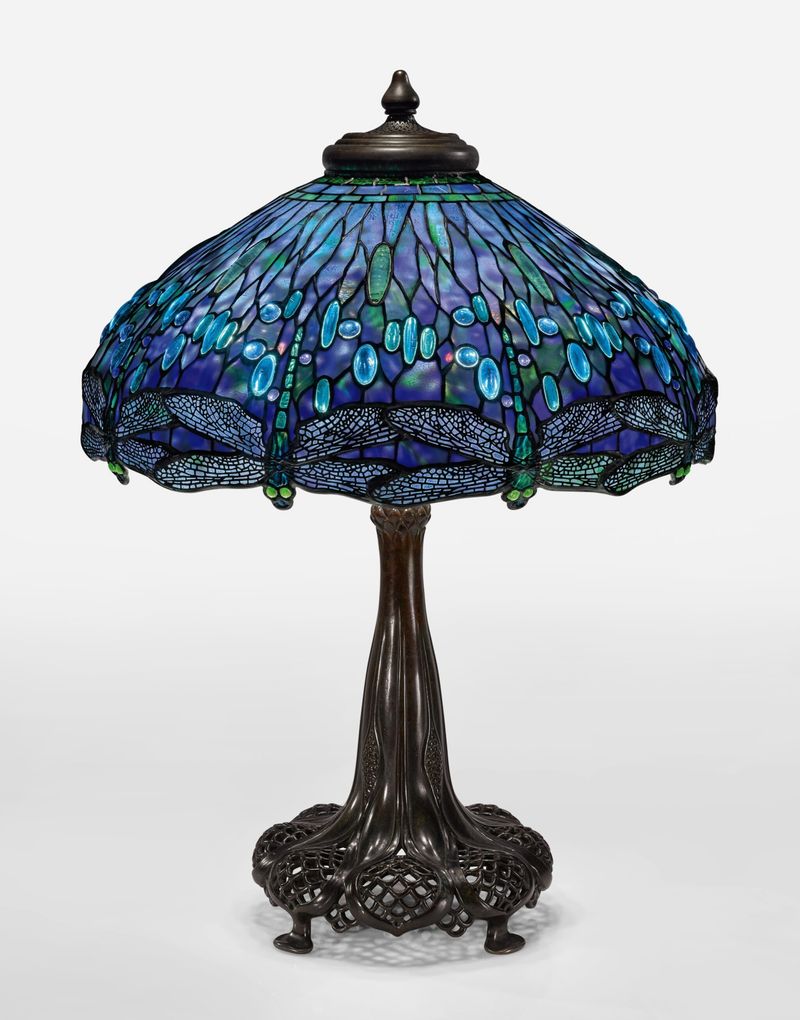
Authentic Tiffany lamps created between 1890-1930 represent the pinnacle of American decorative arts, with their nature-inspired designs and meticulous craftsmanship. Each lamp contains hundreds of hand-cut glass pieces selected for their unique color variations and assembled using copper foil techniques.
The Tiffany Studios closed in 1932, making the supply of original lamps permanently fixed. Museums and collectors continue acquiring the finest examples, removing them from circulation. Dragonfly, wisteria, and peony designs are particularly coveted.
Genuine Tiffany lamps bear bronze base stamps and have distinctive patina on the metal components. The glass has subtle variations in thickness and texture impossible to replicate in mass production. Investment-quality examples now start at $50,000, with exceptional pieces exceeding $1 million at auction.
8. Retro Eames chairs
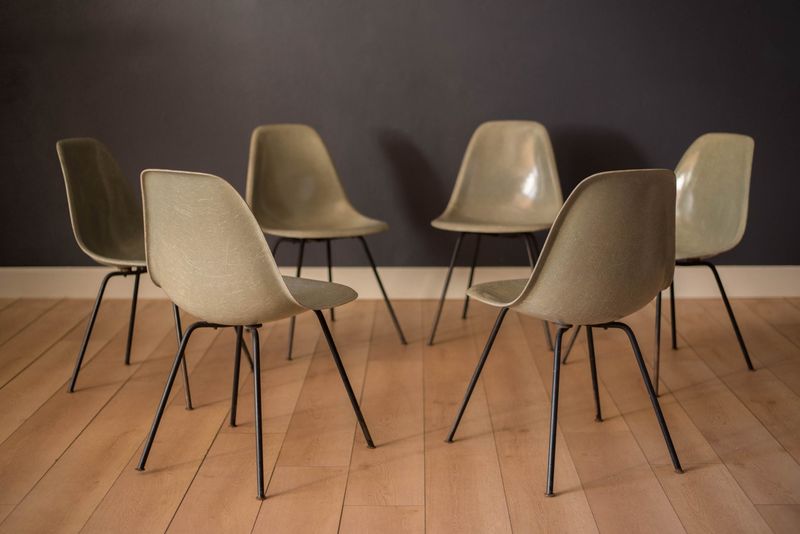
First-generation Eames chairs produced by Herman Miller between 1950-1975 have become design icons, with early examples now commanding premium prices. The revolutionary molded plywood and fiberglass designs by Charles and Ray Eames transformed American furniture with their democratic approach to modernism.
Original pieces feature specific details that changed over time—early fiberglass chairs have rope edges, while initial production lounge chairs used Brazilian rosewood (now protected and unavailable). Herman Miller still produces many Eames designs, but vintage examples have historical significance and investment value.
Check for authentic Herman Miller labels and date stamps on the underside. Early lounge chairs and ottomans in good condition now sell for $5,000-$15,000, while first-generation fiberglass shell chairs fetch $1,000-$3,000 each—roughly triple their prices from just a decade ago.
9. Slip-brass gramophones
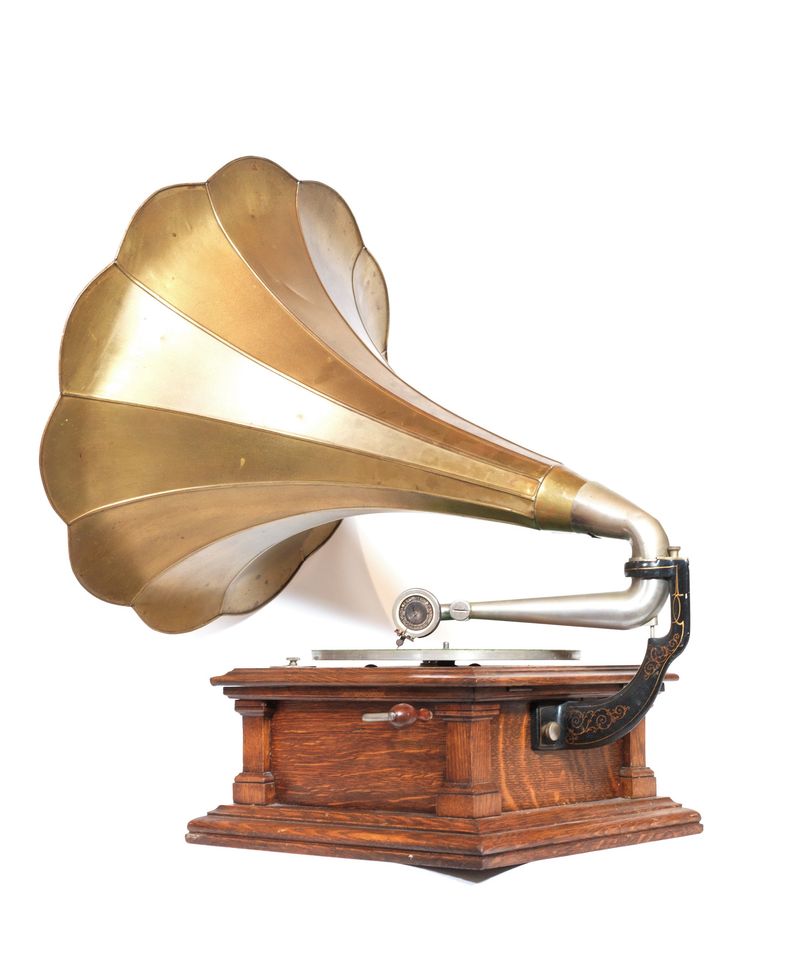
Early 20th-century gramophones with brass horns represent the golden age of sound reproduction before electronic amplification. The most valuable examples come from prestigious makers like Victor Talking Machine Company and feature intricate engraving, original decals, and fully functional spring mechanisms.
These mechanical marvels have become increasingly sought-after as decorative pieces and working collectibles. The craftsmanship of the oak or mahogany cabinets, combined with the gleaming brass components, makes them stunning focal points in period-inspired interiors.
When evaluating potential purchases, wind the mechanism gently to check if it still operates smoothly. Original horns should have consistent patina and no dents or repairs. Expect to pay $1,200-$5,000 for complete, working examples with original finishes, with rare models commanding significantly more at specialized auctions.
10. Hand-carved Victorian wood sideboards
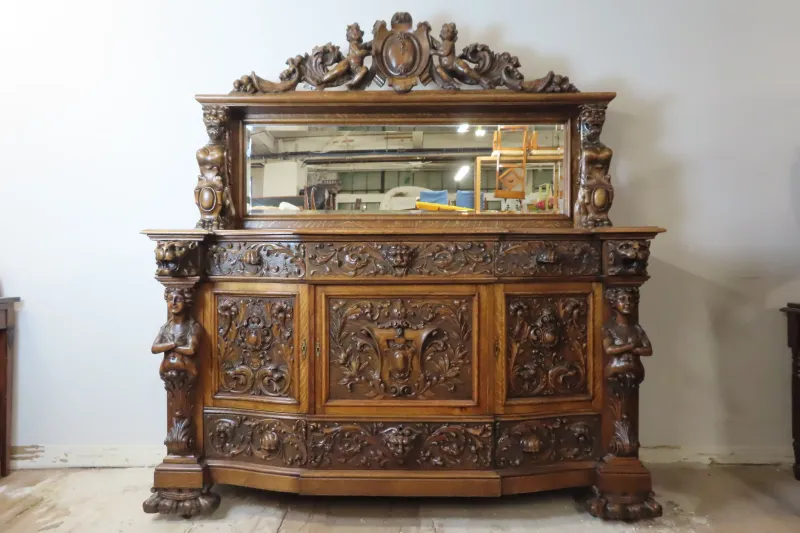
Victorian sideboards from 1840-1900 showcase the extraordinary craftsmanship of 19th-century furniture makers, with their elaborate carvings, burl veneers, and architectural proportions. These substantial dining room pieces often feature carved hunt scenes, fruit motifs, or mythological figures that required hundreds of hours of skilled handwork.
The most valuable examples come from renowned workshops like Belter, Herter Brothers, or R.J. Horner. Many feature exotic woods like Cuban mahogany and rosewood that are now protected and unavailable for new furniture production.
Check for original hardware, marble tops, and consistent patina across carved elements. Pieces should show appropriate wear patterns on drawer runners and door hinges. Quality examples with documented provenance now sell for $8,000-$25,000, with exceptional pieces reaching six figures at specialized auctions.
11. Early 20th‑century brass bed frames
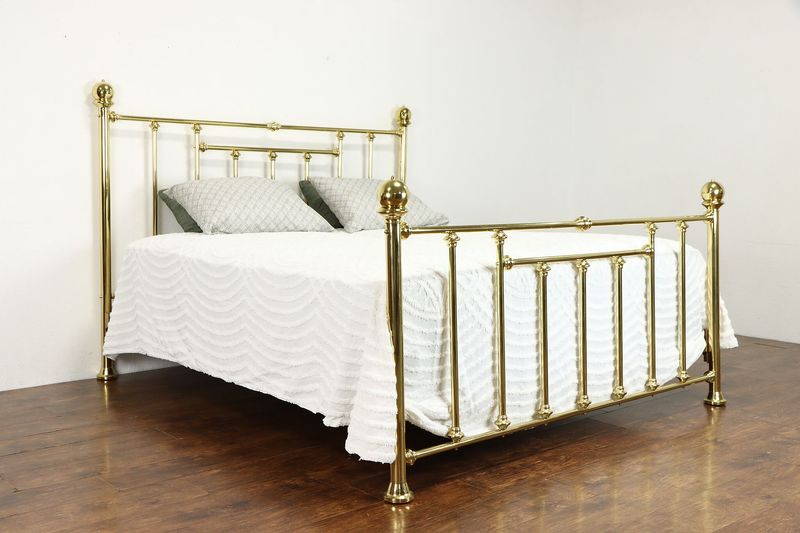
Authentic brass beds manufactured between 1880-1920 represent the height of Victorian and Edwardian craftsmanship, with their substantial construction and intricate detailing. The best examples feature hand-cast finials, decorative corner posts, and solid brass construction rather than brass-plated steel.
These beds were built to last generations, using thick-gauge metal and precise joinery that allows for disassembly and reassembly without compromising stability. Many original brass beds were melted down during wartime metal drives, making surviving examples increasingly scarce.
When examining potential purchases, check for manufacturer’s marks stamped into the frame. Original lacquer will have worn in predictable places, creating an authentic patina. Expect to invest $2,000-$8,000 for complete queen-size antique frames in good condition, with prices for king adaptations running higher.
12. Industrial metal lockers (original patina)
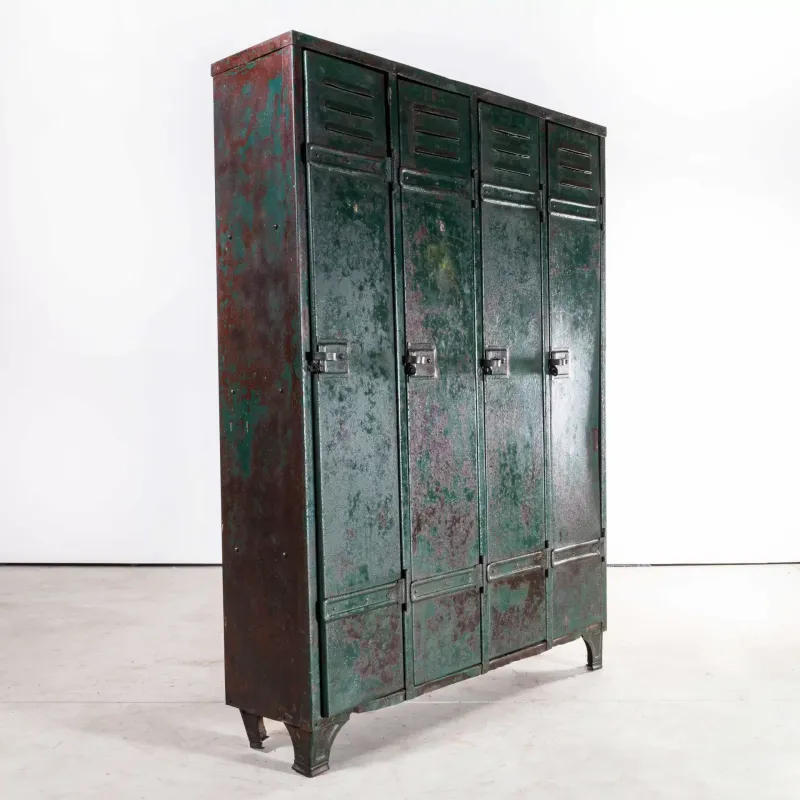
Vintage industrial lockers from factories, schools, and athletic facilities (1920s-1960s) have transformed from utilitarian storage to sought-after design elements in contemporary interiors. The most valuable examples retain their original paint, numbering, and hardware—elements that tell the authentic story of their working past.
These sturdy steel pieces were built for institutional durability, with quality far exceeding modern equivalents. The patina developed over decades of use creates unique character impossible to replicate artificially.
When hunting for authentic pieces, look for manufacturer stamps from companies like Lyon, Medart, or Republic Steel. Avoid heavily restored examples—the value lies in the original finish and honest wear. Expect to pay $800-$3,000 for complete vintage bank sets, with prices for rare colors like seafoam green or industrial yellow commanding premium prices among designers and collectors.
13. Classic Wyeth landscape paintings
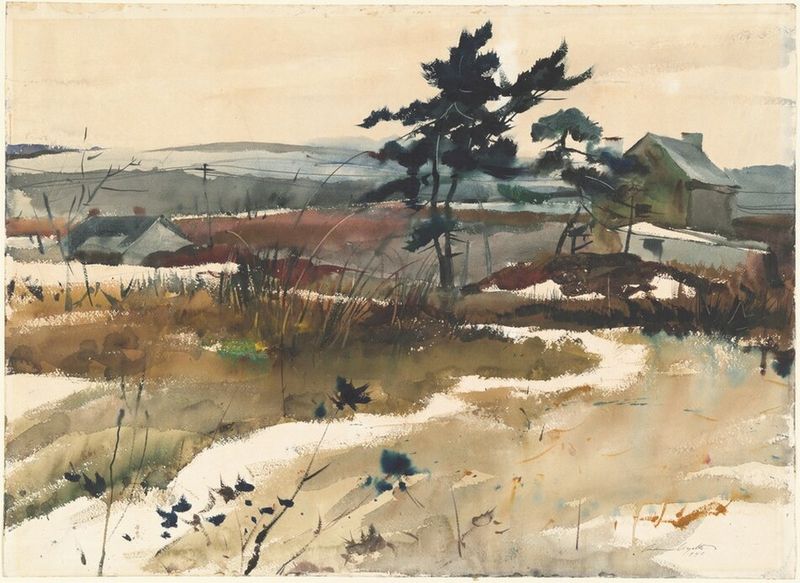
Original landscapes by the Wyeth family N.C., Andrew, and Jamie represent American realism at its finest, with their evocative depictions of rural life and haunting natural settings. These paintings capture a vanishing America with technical brilliance and emotional resonance that continues to speak to collectors.
The limited supply of original Wyeth works makes them increasingly difficult to acquire. Even preliminary sketches and studies by these masters now command significant prices as serious collectors compete for pieces with strong provenance.
Authentication is crucial work only with reputable galleries that can document the painting’s history. Watercolors by Andrew Wyeth now typically sell for $30,000-$250,000, while major oil paintings can exceed millions at auction. The investment potential remains strong as these works continue to appreciate approximately 8-12% annually.
14. Vintage French café chairs
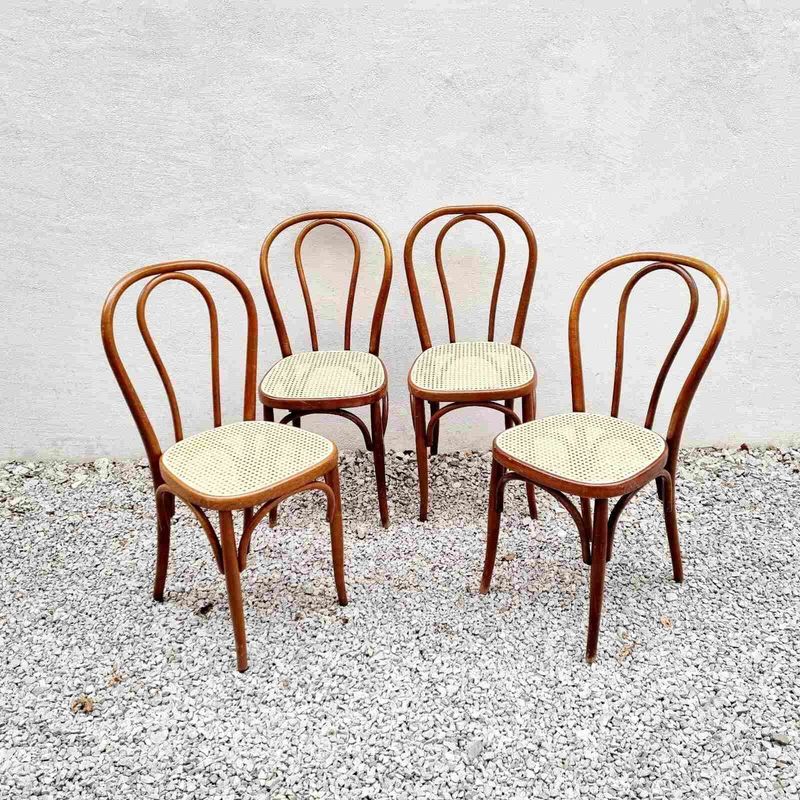
Authentic French bistro chairs from the early-to-mid 20th century have become increasingly coveted for their perfect blend of durability and Parisian charm. The most desirable examples come from manufacturers like Thonet, Baumann, and Maison Gatti, featuring hand-woven rattan seats and bentwood frames that have developed rich patina over decades.
These chairs were engineered to withstand daily use in busy cafés, making them surprisingly practical investments for today’s homes. The classic designs complement nearly any interior style, from traditional to contemporary.
When evaluating vintage examples, check for manufacturer stamps on the frame underside. Original rattan should show even aging rather than brittle sections or poor repairs. Expect to pay $250-$600 per chair for authentic pieces in good condition, with matched sets of four or more commanding premium prices.
15. Scout local estate sales
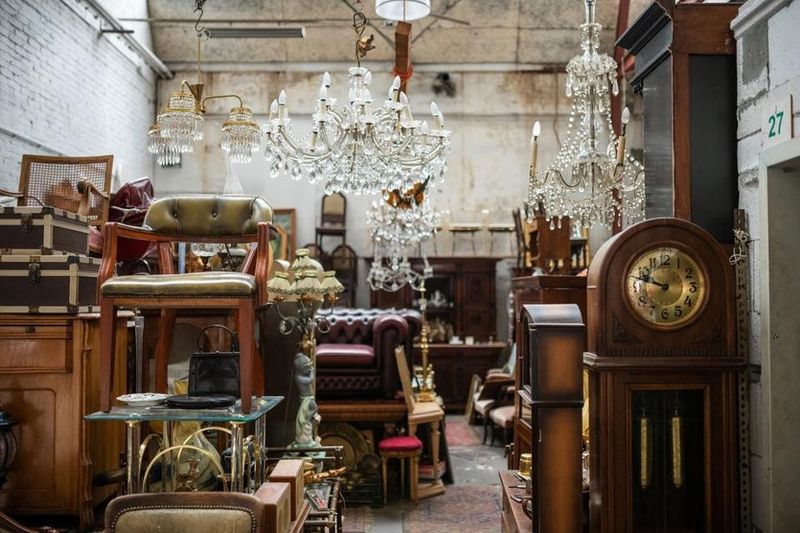
Estate sales remain one of the most fertile hunting grounds for vintage treasures, particularly in older, established neighborhoods where homes have remained in the same family for generations. The key advantage is seeing items in their original context and having the opportunity to discover pieces that haven’t been previously evaluated by dealers.
Arrive early on the first day for the best selection, but return in the final hours when prices are often drastically reduced. Building relationships with estate sale companies can get you early access to upcoming sales or even pre-sale opportunities.
Focus on sales described as “decades of collecting” or “original owner” in listing descriptions. Bring a flashlight for examining marks in dark corners, and don’t hesitate to look underneath furniture for maker’s marks that others might miss.
16. Visit regional antique malls

Large antique malls in secondary markets often yield surprising finds at more reasonable prices than big-city establishments. These sprawling venues typically house dozens of independent dealers with varying expertise, creating opportunities for educated buyers to spot undervalued treasures.
The best approach involves systematic shopping—scan quickly for items of interest, then return for closer inspection. Many dealers are willing to negotiate, especially on items that have remained unsold for months.
Bring a measuring tape, magnifying glass, and reference guides on your phone. Some of the most profitable finds come from booths specializing in categories other than what you’re seeking—like finding a valuable mid-century chair in a booth primarily selling vintage clothing. Visit regularly, as inventory turns over quickly when new estates are acquired.
17. Follow reputable online dealers
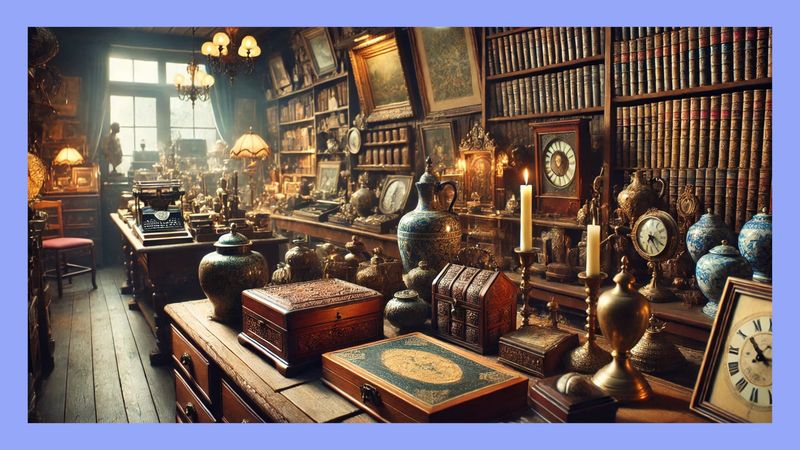
Specialized online dealers have transformed the vintage market by connecting collectors directly with curated inventories from around the world. Platforms like 1stDibs, Chairish, and EBTH (Everything But The House) maintain strict authentication standards and offer secure transactions for high-value pieces.
Create saved searches with specific parameters to receive instant notifications when desired items become available. Many online platforms allow you to make offers below asking price, creating negotiation opportunities not always available in traditional retail settings.
Develop relationships with dealers whose aesthetic matches yours by consistently purchasing from them or engaging with their social media. This often leads to first looks at new inventory before items are publicly listed. Always request additional photos showing any damage or repairs before purchasing significant pieces.
18. Attend major vintage fairs
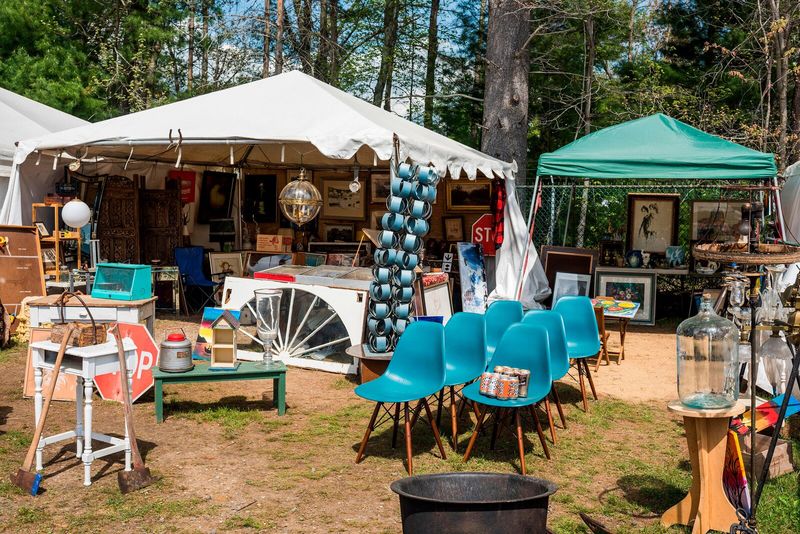
Premier antique and design shows like Round Top in Texas, Brimfield in Massachusetts, and the Paris Flea Market attract serious dealers who save their best inventory for these events. These gatherings offer unparalleled selection and the excitement of discovering unexpected treasures among thousands of offerings.
The most successful shopping strategy involves a two-phase approach: use the first day for reconnaissance to identify potential purchases, then return early the next morning to negotiate and finalize transactions. Bringing cash often results in better pricing than credit card purchases.
Wear comfortable shoes and weather-appropriate clothing, as many shows involve extensive walking in variable conditions. Build relationships with dealers who specialize in your areas of interest—they’ll often contact you directly when acquiring pieces that match your collection.
19. Monitor museum deaccession events
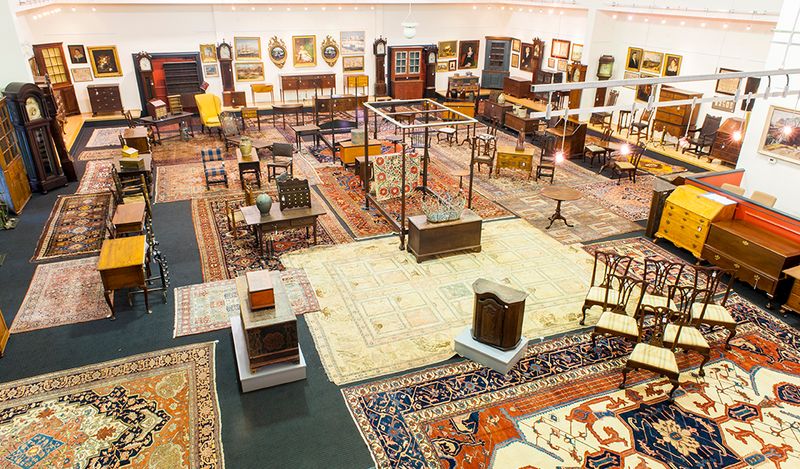
Museum deaccession sales represent rare opportunities to acquire authenticated pieces with impeccable provenance. When institutions refine their collections or shift focus, they often release valuable items through specialized auctions or partner galleries.
These sales typically feature pieces that meet museum quality standards but no longer align with current collection priorities. The provenance of having been in a museum collection adds significant value and investment potential to these pieces.
Sign up for notifications from major auction houses like Sotheby’s, Christie’s, and Bonhams, which handle many institutional sales. Museum member newsletters often announce upcoming deaccessions before public notification. While prices can be substantial, the authentication and documentation provided with museum pieces eliminates much of the risk associated with vintage purchases.

